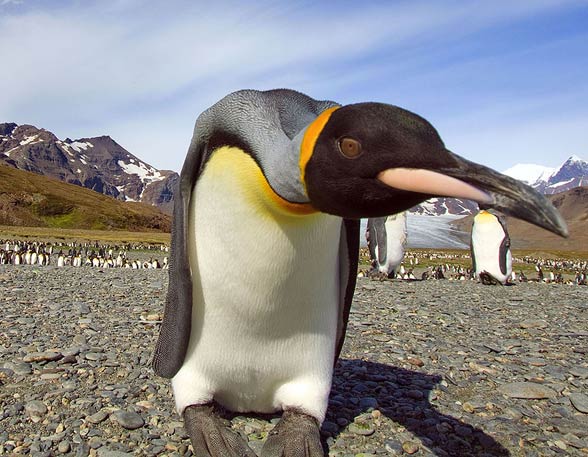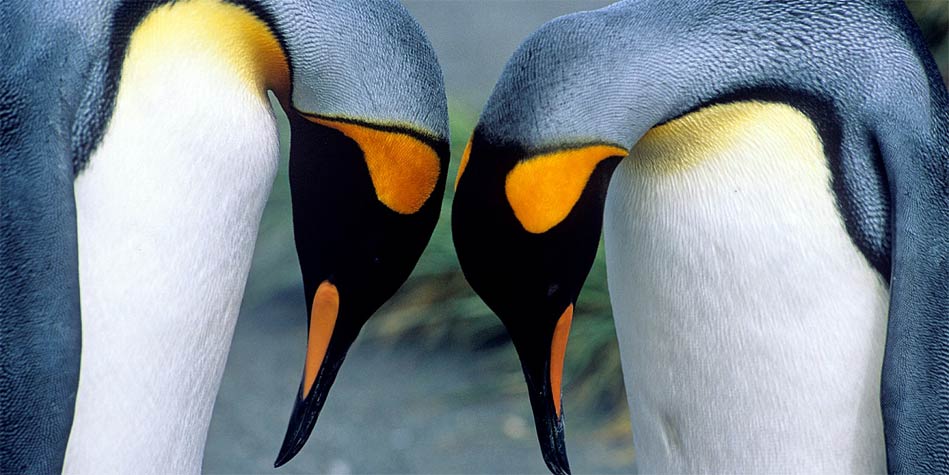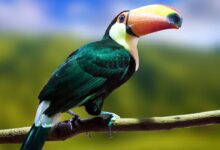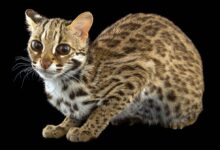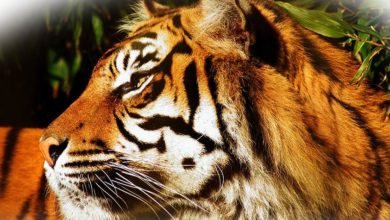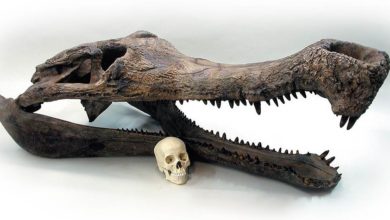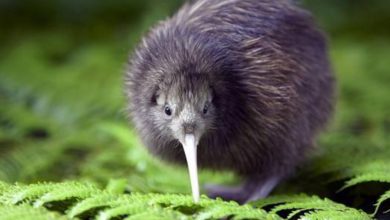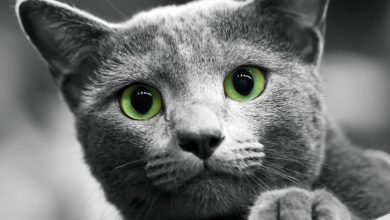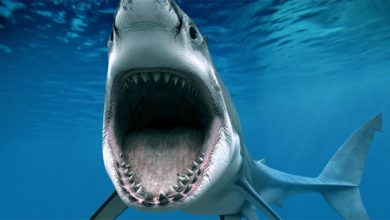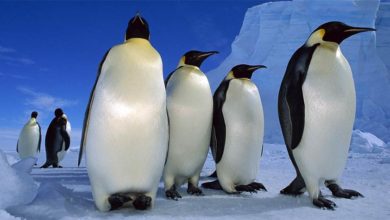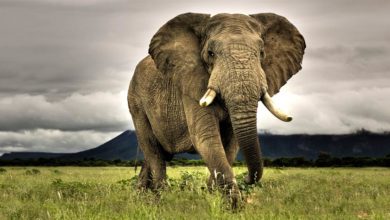King penguin (Aptenodytes patagonicus)
The king penguin (Aptenodytes patagonicus)
We present the next diving bird for which the water is a second home. A close relative of the emperor penguin (Aptenodytes forsteri), as well as one of the largest representatives of the family, is distinguished not only by its large size, but also by its beautiful coloration and incredibly family-like character. The following article is devoted to the king penguin.
Classification:
- Classification
- Kingdom: Animalia
- Phylum: Chordata
- Class: Aves
- Order: Sphenisciformes
- Family: Spheniscidae
- Genus: Aptenodytes
- Species: Aptenodytes patagonicus
- Subspecies:
- Aptenodytes patagonicus patagonicus
- Aptenodytes patagonicus halli
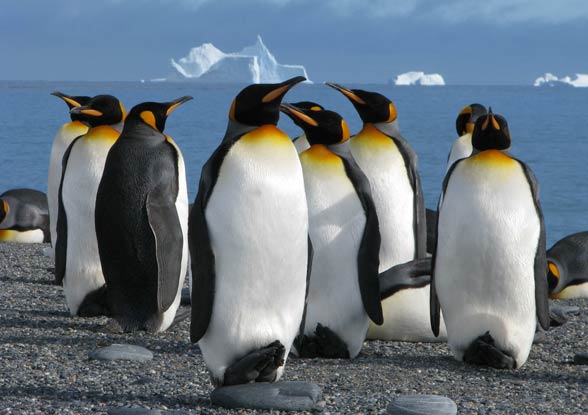
Distribution
Most king penguins live in the subantarctic region, between 45 and 55 degrees south. In addition to this region, they also inhabit the Falkland Islands, the Prince Edward Islands, and Tierra del Fuego. Small populations can also be found in New Zealand, Australia, and South Africa. They usually prefer rocky terrain, so Antarctica is not their only home.
Population
The total population of the king penguin is estimated at 2.23 million pairs; what is important the population is growing all the time (well, probably because people have not yet urbanized Antarctica, but this is only a matter of time…).
The largest concentration of king penguins occurs on the Crozet Islands (455,000 pairs), 228,000 pairs can be observed on the Prince Edward Islands and over 100,000 in the South Georgia archipelago.

Characteristics
Appearance
The coloration is somewhat reminiscent of its larger cousin, the emperor penguin, though the king penguin has slightly more yellow and orange markings on the chest, neck, and around the ears. The pointed, narrow beak is orange-black.
The entire head, the top of the wings, and the tail are black, while the back can be blue-gray with a silvery sheen. Similar to the emperor penguin, the belly is snow-white. The chicks are covered in pure bronze feathers, making them look completely different from their parents.
Its slender and elongated body functions perfectly while swimming. It can withstand very low temperatures thanks to very thick feathers, which consist of four layers. The first top layer is covered with an oily substance protecting the penguin against getting soaked. Remaining three layers of feathers act as the isolation and protect the penguin very well against cooling the organism.
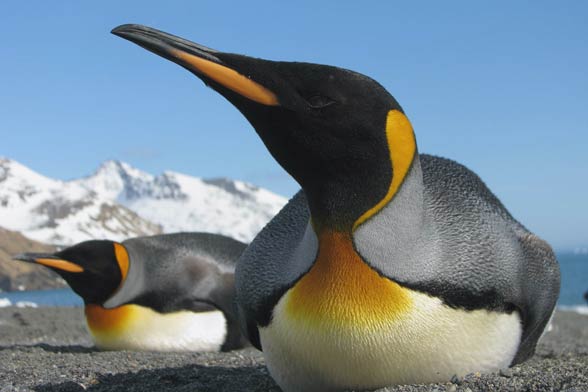
Diet and getting food
There is only meat in the diet of this big flightless bird. It eats krill, small fish, squid and various shellfish. Most diets, 80-100%, however, are different species of fish. The exception is the winter months, that is July and August because at that time they are about 30% of the king penguins’ diet. It hunts for lanternfishes and fishes of the Gempylidae family (snake mackerels or escolars), most willingly but also does not despise other species of fish.
Diving and speed
To get their favorite food, these penguins can dive below 270 m (886 ft), usually 100-300 m (330 – 980 ft), although the record is recorded at a depth of 343 m (1125 ft) in the Falkland Islands area). Most dives, however, are shallower. At night, the depth of their diving does not exceed 30 meters (98 ft).
The submerged can last up to 9 minutes (recorded record is 9 minutes and 12 seconds spent under water), although it is usually about 5 minutes. They swim at an average speed of 6.5 – 10 km/h (4 – 6 mph), although this depends on the depth.
The immersion and ascent speed is 2 – 5 km/h (1,2 – 3 mph).
On land they move staggeringly or glide over their stomachs, pushing their legs and wings away.
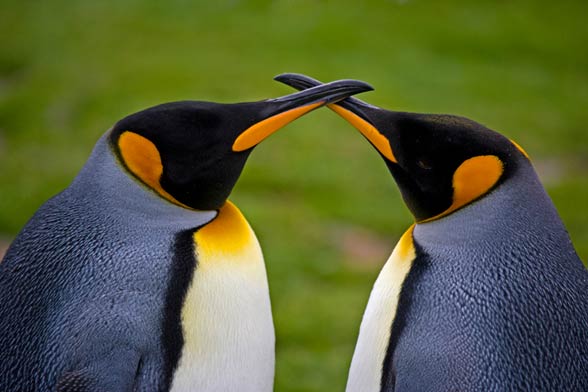
Reproduction
The king penguin reaches sexual maturity at around age 3, but it conducts its first courtship in about 6 years.
They manifest so-called serially monogamous – they have one partner a year and remain faithful to it during childbearing.
The entire reproductive period (from laying the eggs to changing the chick’s plumage) lasts an average of 14-16 months. For this reason, breeding pairs reproduce once per two years. The reproductive cycle begins in September, when the birds return to their colonies to survive the moulting that precedes advances. Then they go to the sea and live in water for the next three weeks. Between November and December, they return to land.
Females lay one white egg weighing about 300 g (0.6 lb). At first its shell is soft, but over time it hardens and darkens, taking on shades of green. Both the male and female are involved in hatching egg. It lasts approx. 55 days, and each of the parents incubates the egg without interruption for 6-18 days. Hatching may take up to 2-3 days.
The breeding cycle in graphic form, including the migration of these birds and curiosities, can be found in the article: Penguins – Kings of Antarctica.
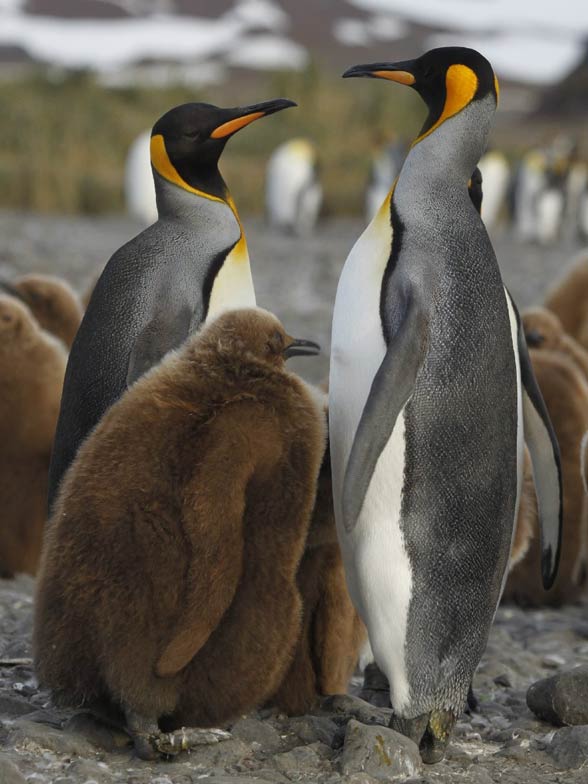
Altricial birds without nests
The chicks of the king penguin are typical altricial birds, which means that they are completely dependent on their parents and their body is covered with a thin layer of down. After hatching takes place, the young will spend time on its parent’s feet and this is the heating with the use of the belly fold (the king penguins do not build nests). Mother and father take care of the young alternately, each for about 3-7 days. When one parent takes care of the offspring, the other is looking for food.
To look after a small penguin needs 30-40 days. When it gets the right size, and the youthful plumage appears in all its glory, the hatchling joins the group with other penguins. Thanks to this, parents are able to hunt freely. Young are fed with fish – the parent vomits the food straight to the beak of the offspring. By April, penguins are almost fully-grown but they lose a lot of kilograms (pounds) during winter. In the spring (in September), however, they gain weight again.
The chicks take 14-16 months to start swimming. The young become mature enough to leave parents in the summer when there is enough food.
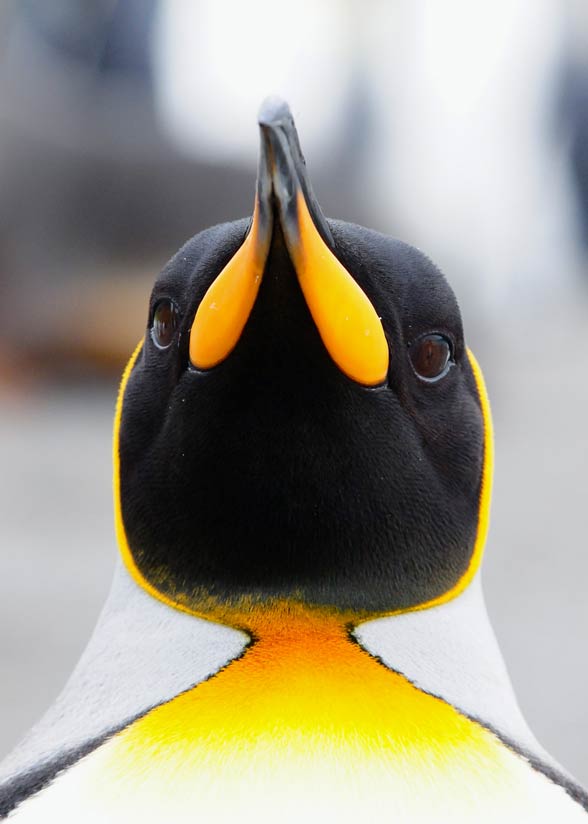
Detailed information / size:
The king penguin (Aptenodytes patagonicus)
- Height: 70 -100 cm (28 – 39 in)
- Weight: 11 – 16 kg (24 – 35 lb)
- Lifetime: 15 – 20 years
- Eggs: weight- 300g (0.6 lb), dimensions: 10 cm x 7 cm.

The king penguin – curiosities
- The king penguin is the second largest penguin in the world. At the top of the list, there is the emperor penguin.
- Fluffy, brown king penguin chicks are different from their parents that in the past, they were classified as separate species.
- The largest breeding population is around 455.000 couples and it exists at the Crozet Islands.
- The total population of the king penguin is estimated at 2 230 000 pairs. This number is constantly growing.
- The predators hunting for the king penguins are the leopard seal, orcas, Antarctic fur seals. Penguins’ eggs are tasty for the Skua species and the snowy sheathbills.
